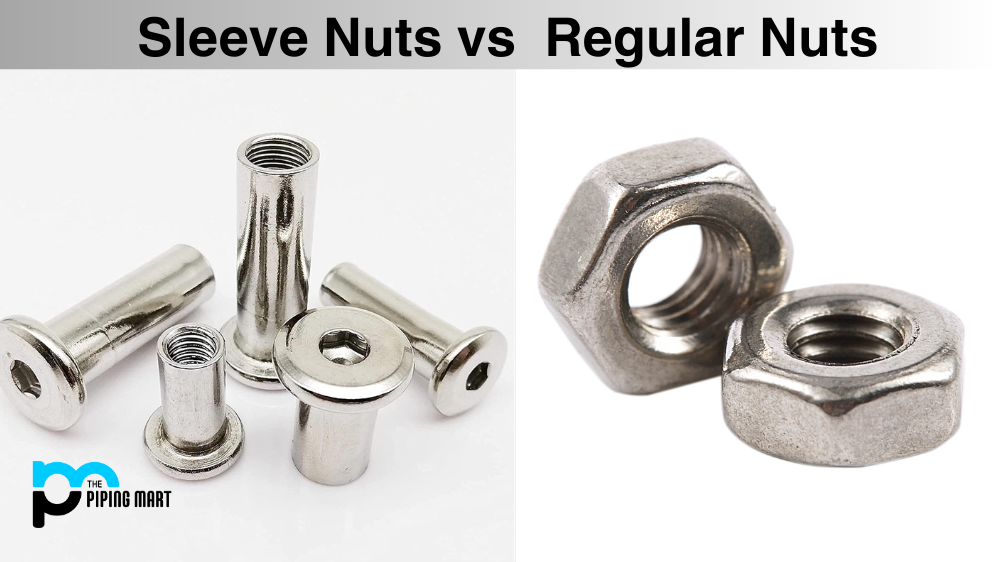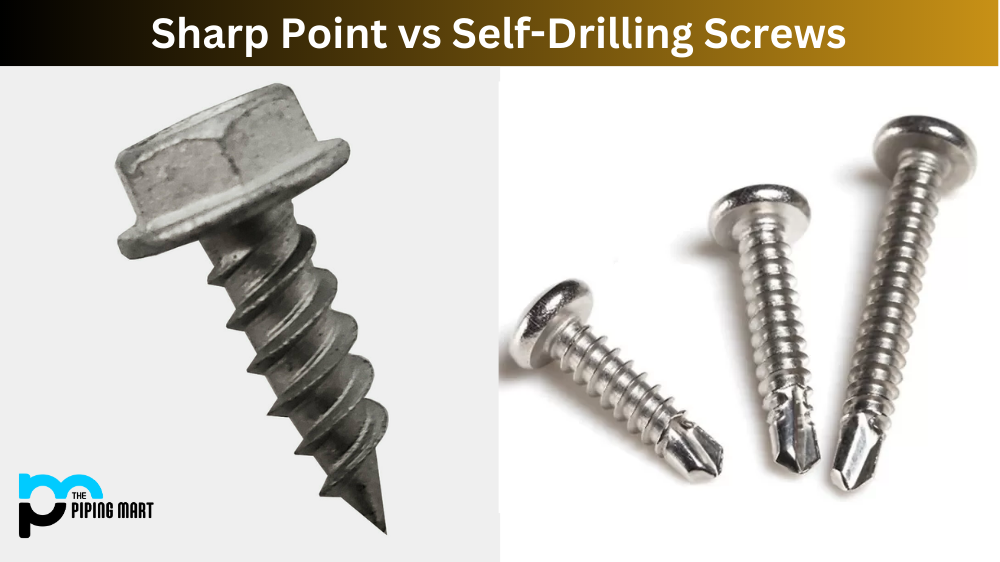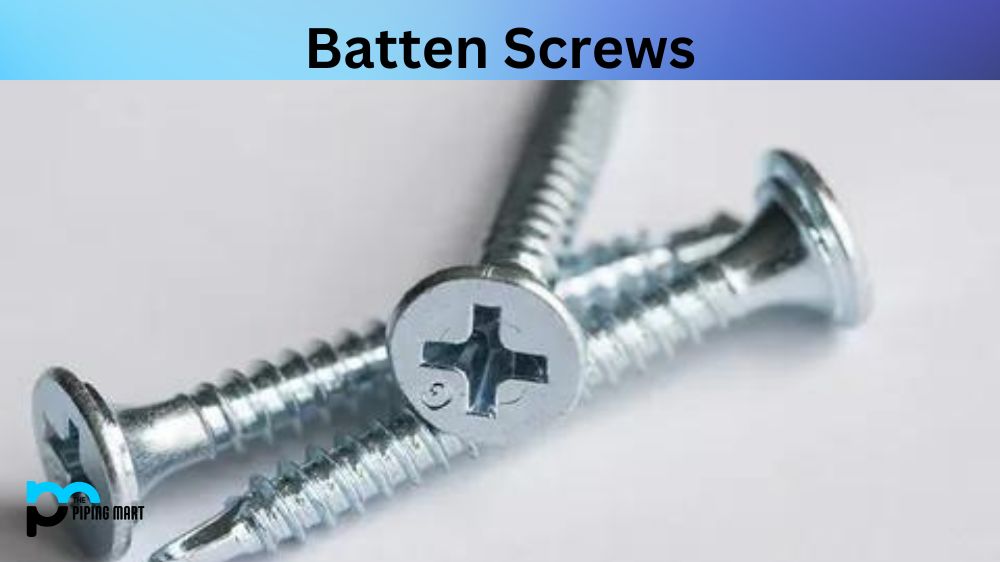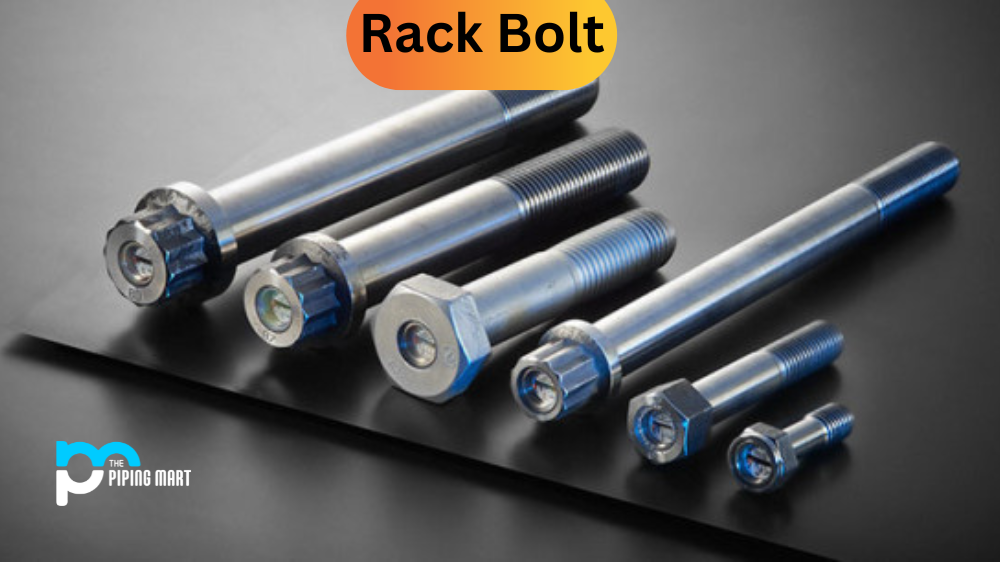When it comes to fastening screws and bolts, nuts are a critical component. Screws and bolts maintain a secure hold in place with the aid of nuts. There are, however, various types of nuts with different designs, materials, and properties. Two common nuts used in different assembly applications are Sleeve and Regular nuts. Understanding the differences between these two types of nuts can help you make better choices regarding functionality, performance, and durability. In this blog post, we’ll explore the features, differences, and benefits of Sleeve Nuts and Regular Nuts.
What are Sleeve Nuts?
Sleeve, Coupling Nuts or Extension Nuts are long cylindrical nuts with smooth, unthreaded center channels and threaded ends. Sleeve nuts are designed to join two threaded ends of a bolt or rod or to extend the length of a bolt or rod. Sleeve nuts are ideal for holding objects that require a more extended fastener length, such as when securing pipes, flashy or threaded rods, or light poles. Sleeve Nuts are commonly available in hexagonal or round shapes and can be made from various materials, including stainless steel, brass, and carbon steel. Sleeve nuts are known for their even load distribution, corrosion resistance, and impact strength.
What is Regular Nuts?
Regular Nuts, or Hex Nuts, are the most commonly used nuts in various applications. Regular Nuts feature a hexagonally shaped body with internal threading and are used to hold together two or more objects or fasteners. Regular Nuts come in different sizes, materials, and finish options, including stainless steel, steel, brass, and nylon. These nuts can bear heavy loads without deformation and provide a secure fitting, which makes them ideal for various applications such as machinery assembly, automotive repair, construction, and industrial manufacturing.
Differences Between Sleeve Nuts and Regular Nuts
One primary difference between Sleeve Nuts and Regular Nuts is the design and purpose. Sleeve Nuts have an unthreaded central bore, while Regular Nuts have internal threading that runs throughout the entire body. Sleeve Nuts are designed to join two bolts or extend the length of an existing bolt, while Regular Nuts are used to lock two or more fasteners or objects in place. Sleeve nuts are longer and slimmer in design than Regular Nuts, which gives them a different range of applications, such as supporting rod-shaped items. Another difference is the shape. Sleeve Nuts come in different shapes, like hexagonal or round, while Regular Nuts are mostly commonly hexagonal-shaped.
First, it’s essential to understand the design of each component. A regular nut is a hexagonal-shaped metal nut with an internal thread that matches the external thread of a bolt or screw. It tightens or secures the connection between the bolt and the fastened object. On the other hand, sleeve nuts are often cylindrical-shaped, with an internal thread on one end and an external thread on the other. The external end is designed to be attached to an object, while the internal end fastens a bolt or screw. Sleeve nuts are often used with limited space, and the attachment point must be flush with the object’s surface.
Next, let’s examine the usefulness of each component. Regular nuts are ideal for situations where a tight connection that can reliably withstand the load is required, such as in the construction of heavy machinery or automobiles. They can also secure an object onto a threaded rod or bolt with no head. On the other hand, sleeve nuts are useful for assemblies that require an easy-to-dismantle solution but still ensure a strong connection, like in furniture installation. Sleeve nuts can provide a secure, flush attachment point in confined spaces and can be quickly removed.
Now, let’s take a closer look at the benefits of each component. Regular nuts have the advantage of being readily available and highly versatile due to their standardized design. They can be easily fitted onto various sizes of threaded bolts and screws, making them an essential part of many manufacturing and assembly applications. On the other hand, sleeve nuts provide flexibility and ease of installation that regular nuts cannot offer. They can easily be slipped over a threaded bolt or screw without the need for precise alignment, and, in some cases, they require no tools for fitting, making them the perfect solution for quick assemblies or in scenarios where space is limited.
Furthermore, several types of sleeve nuts, including multiple threaded sleeve nuts, which offer multi-layered connections, and flanged sleeve nuts, provide increased stability. Regular nuts, however, have a smaller range of variations, with only a few types, such as domed nuts, square nuts, and wing nuts. Before choosing the best fit for your project, it’s important to consult with a fastener professional who can help you determine the best design for your specific application.
Conclusion:
Sleeve Nuts and Regular Nuts are two nuts used for joining objects in different applications. Sleeve Nuts are ideal when you need to extend the length of a bolt or secure a rod or pipe, while Regular Nuts are ideal for locking two or more fasteners in place. By understanding the difference in design, purpose, and applications, you can decide which type of nuts to use for your project. Both Sleeve nuts and Regular Nuts are available in different materials, sizes, and finishing options that can meet your specific requirements. Whether you are working on construction, machinery assembly, automotive repair, or any other industrial application, you need to know the differences and features of Sleeve Nuts and Regular Nuts to achieve the desired results.

Abhishek is a seasoned blogger and industry expert, sharing his insights and knowledge on various topics. With his research, Abhishek offers valuable insights and tips for professionals and enthusiasts. Follow him for expert advice on the latest trends and developments in the metal industry.




